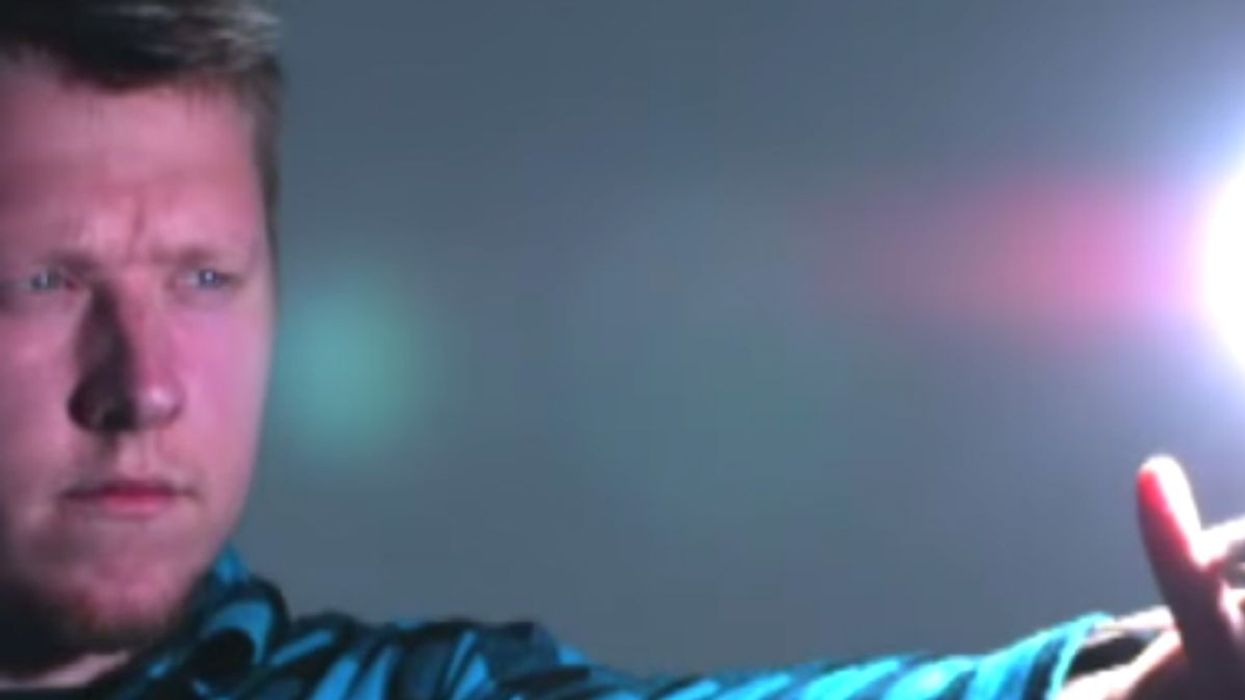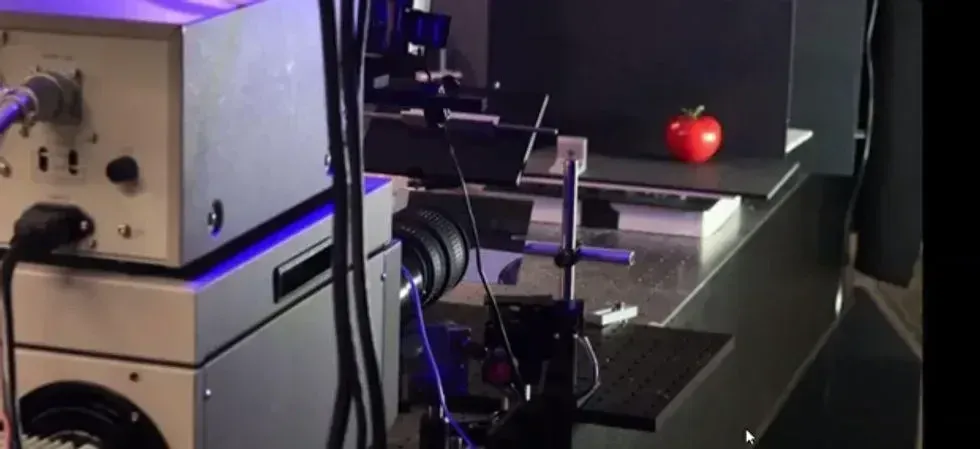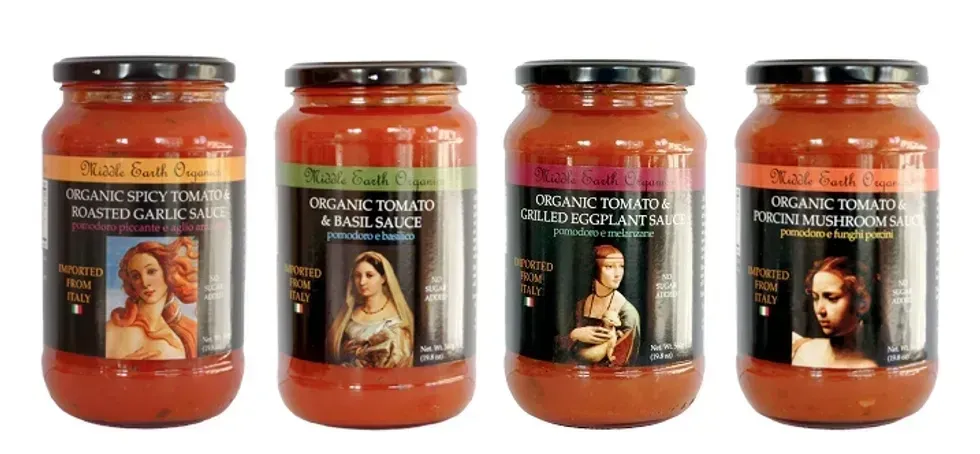In 2011, a group of online gamers solved a 15-year-old biochemical problem in 10 days. Using a simple online puzzle game called Foldit, it took them a little over a week to decipher the crystal structure of the AIDS-causing monkey virus Mason-Pfizer, something scientists had been trying unsuccessfully to do for more than a decade in the hope of gaining insights into the design of antiretroviral drugs to treat HIV.
Foldit was created in 2008 by a research team at the University of Washington in Seattle to determine whether longstanding scientific problems can be solved through crowdsourcing. The online multiplayer game enlists participants from around the world, most with little background in chemistry, to solve a series of pattern-matching challenges related to protein structures. Players “fold” the structure of selected proteins into a “solution,” which the game scores using an algorithm that measures several variables, like how closely atoms are packed together or whether it has the correct linking of peptides. The UW team then analyzes the highest-scoring solutions to determine if they can be applied to actual proteins.
[quote position="left" is_quote="true"]The ingenuity of game players is a formidable force that can be used to solve a wide range of scientific problems.[/quote]
Foldit’s success lies in its ability to harness the power of collective human intelligence. To date, the game has logged scores from hundreds of thousands of players. Players work in groups, so even if a single individual has limited spatial reasoning skills and hits a dead end, the game makes it easy for others to build on that progress. It’s like a virtual lab, where everyone works round-the-clock shifts, taking over where the last player or group left off.
When the results of the Mason-Pfizer discovery were published in the scientific journal Nature, the group of Foldit players responsible for solving the problem refused to provide their individual names, asking instead to be credited under their group name, The Contenders. Although there were 10 active members in the group, only three worked on the solution that resulted in the final discovery. “We wanted it recognized that although it was three of us that produced the result, the success was in part due to the whole team sharing ideas, tips, and techniques,” says Michelle Minett, one of the three.
Zoran Popovic, the director of the UW Center for Game Science, says this attitude makes Foldit players “true” scientists—their reward is the discovery itself, not the prestige that comes with it. “Imagine if more of the world’s problems could be solved this way,” Popovic wonders.
The authors of the Nature paper also speculate about the potential of crowdsourcing scientific progress. “The critical role of Foldit players in the solution of the M-PMV PR structure shows the power of online games to channel human intuition and three-dimensional pattern-matching skills,” The Contenders write. “The ingenuity of game players is a formidable force that, if properly directed, can be used to solve a wide range of scientific problems.”
Popovic’s next project is a step in that direction. It’s a game called NanoCrafter, unveiled in April at the Games for Change Festival in New York. It works exactly like Foldit, except this time the puzzles represent DNA strands instead of protein chains. The aim is to come up with new kinds of molecular structures that can be used for different purposes inside the human body—a molecular “robot” that can jump from cell to cell, detecting infection or decay, or a “box” containing a drug targeting cancerous cells.
“Imagine a solution that contains thousands of these tiny molecular boxes,” Popovic says. “A patient simply drinks it, and the boxes go through your body targeting bad cells. When they find a bad cell, they release illuminated molecules that attach to the cell wall, allowing them to show up on X-ray scans.”
There are only 50 to 100 scientists around the world currently working in the field of DNA-based synthetic biology, which focuses on the design and assembly of synthetic cellular groupings that mimic biological systems. Popovic estimates that number that could increase by 10 to 100 times in the next two to three years with the help of an application like NanoCrafter. As with Foldit, the game aims to build a worldwide community to test different structures and solutions, with new challenges added weekly. Popovic’s team is also working on a mobile version of the game for iOS and Android devices, so that subway commuters can while away the hours curing cancer instead of crushing candy.
[quote position="full" is_quote="true"]…of the top 20 Foldit players, 75 percent had taken no more than one basic chemistry class at the college level.[/quote]
NanoCrafter, still based out of the University of Washington, is starting to attract interest from other educational institutions. Erik Winfree, a computer science and bioengineering professor at the California Institute of Technology, wants to work with Popovic to provide more scientifically solid models of DNA systems for the game. “The plan is to first build up the NanoCrafter community with a game that uses cartoon-level models of DNA systems, and move to more scientifically solid models if the game takes off,” Winfree says.
Winfree is involved in the National Science Foundation’s Molecular Programming Project, which applies computer science principles to information-bearing molecules like DNA and RNA—basically, working out how to program molecules to do what you want. His particular focus is making DNA process information like a computer, which could lead to new ways of treating illnesses or, as is NanoCrafter’s aim, result in the creation of molecular machines that carry out different tasks within the body.
While it could take a few years for players to master NanoCrafter and deliver a scientific solution on the same scale as Mason-Pfizer, the important thing for Popovic is creating a global community of players—even bigger than Foldit—that can further demonstrate the power of collective intelligence.
A survey conducted by Popovic’s team showed that of the top 20 Foldit players, 15 had taken no more than one basic chemistry class at the college level. Only two people in the top 20 were professionally involved in biochemistry. “One of our top players was a grandmother with only high school level education who had a lot of time on her hands,” Popovic says. “Others were secretaries, legal assistants, electricians.”
Eventually, Popovic wants to apply the collective intelligence approach to problems outside science. What if Foldit and NanoCrafter players turned their attention to solving global warming or corrupt governance? Right now, the idea of expertise in any given field usually applies to individuals, not groups. Popovic says we need to rethink this notion.
“Standard education only produces a tiny sliver of people who are really, truly experts in any field. But something that can take years for these individuals to do can perhaps take days for a community working together day and night. This approach could end up being fundamental for resolving a lot of society’s problems.”
Illustration by David Schwen
















 TikTok · Bring Back Doors
TikTok · Bring Back Doors 



 Label for Middle Earth Organics' Organic Tomato & Porcini Mushroom Sauce
Label for Middle Earth Organics' Organic Tomato & Porcini Mushroom Sauce "Judith Beheading Holofernes" by Caravaggio (1599)
"Judith Beheading Holofernes" by Caravaggio (1599)